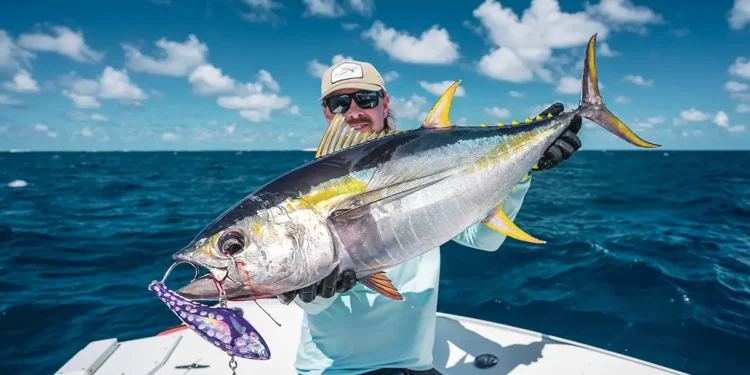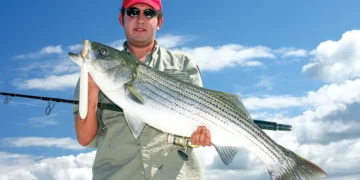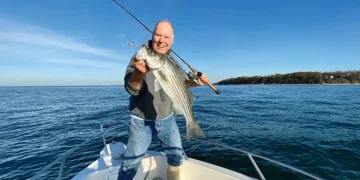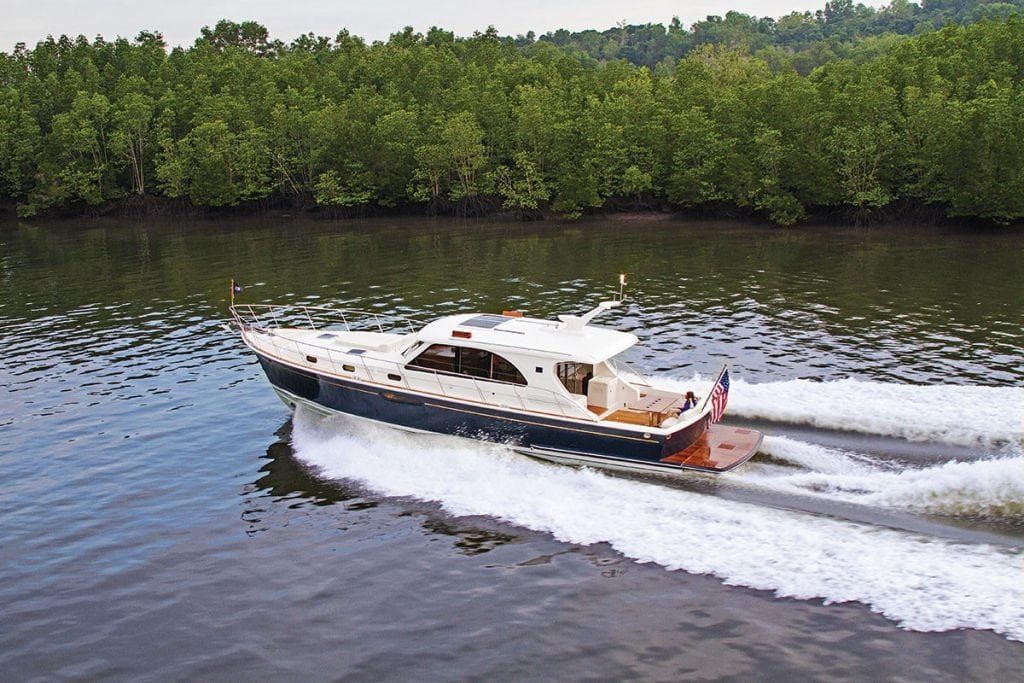Setting the perfect spread
When it comes to targeting bluewater speedsters like wahoo and tuna, few techniques rival the sheer effectiveness and adrenaline of high-speed trolling. Clocking in at speeds between 12-15 knots, this approach demands lures that can keep pace, track true, and provoke explosive strikes in the fast lane.
Why High-Speed Trolling Works
In the pelagic world, speed equals survival. Predators like wahoo and tuna are built for the chase, and presenting them with fast-moving, high-impact lures plays right into their predatory instincts. With minimal bycatch and maximum aggression from target species, the results speak for themselves.
Also Read
True North 34 (2022): Bow Thruster, 34-kt Top, Hampton VA
True North 34 (2022): Low-Hour Twin 300s True Blue offers classic looks, remarkable performance, and a sociable layout all within...
Crafting the Ideal Spread
A balanced high-speed trolling spread should cover multiple depths and actions while maintaining straight tracking at extreme speeds. Here’s how to set up a killer three-lure spread. I’m using the Madscad 190AT, DTX 180HD, and Madmacs from Nomad Design Tackle.
Position the Madscad 190 Autotune (AT), aka the Surface Assassin, lure in your long corner or shotgun position. Designed with the patented Autotune system, the Madscad 190AT delivers an aggressive S-shaped swimming action that’s mesmerizing even at top-end speeds. Capable of trolling from standard to blistering speeds, it’s the surface-oriented lure that tempts aggressive feeders chasing bait near the top.
Thanks to its Metal Matrix plate system, HDABS construction, and Diamond Armour internal strength, it’s built to take the heat—and the hits. Its unique hook configuration, featuring a single belly hook with a double split ring and a rear treble, enhances both hookup and trolling efficiency.
Subscribe Here For More Boating Content
Run the DTX 180 Heavy Duty (HD), or Mid-Depth Missile, off one of the outriggers or directly off the transom. As the shallow-running, bibbed minnow of the trio, this lure utilizes both the Autotune system and Hydrospeed belly eyelet to reach unparalleled speeds for its class. With proven trolling performance at high velocity and the ability to hold depth without blowing out, it’s your go-to for that mid-water column strike zone.
Armed with BKK Viper 4X trebles, the DTX 180HD matches brute force with durability. It’s the fastest DTX minnow yet and a deadly weapon for both solo hunters and school feeders.
Deploy the Madmacs, aka the Depth Charge, closest to the transom as it’s the heaviest hitter of the spread. Designed to dive deep and troll at blistering speeds up to 20 knots (6-8-inch models) and 15 knots for the 10-inch model, the Madmacs are an absolute must-have when wahoo are in town. Its ability to swim straight and true at a range of speeds, as slow as 5 knots or fast enough to skip across the waves, gives it unrivaled versatility.
Whether you need to penetrate thermoclines or keep your spread deep during hot midday runs, the Madmacs handles the job while maintaining its signature vibration-packed action thanks to its Autotune technology.
Also Read:
Aspen C128 Review: A 46-Foot Power Cat Built for Tropical Adventure
The Aspen C128’s Mission as a Long-Range Power Catamaran Aspen power catamarans new flagship 46’ C128 is meant...
On our blog page, Capt. Darren Dorris, an admitted wahoo addict who “huts ‘hoos” along the Northeast and Mid-Atlantic shores, uses a three-rod spread to keep things simple and avoid tangling. Rods are fished from the left and right stern corners and one in the middle. He advises to reinforce rod holders with a backing plate due to the 12-knot trolling speed. It’s also a good idea to use rod leases.
Speaking of rods, Dorris prefers 50 class reels with bent butt 50 class rods. Straight butts will work but take on more pressure due to the angle of pull.
He explains that no matter which rod you use, “lever drag reels are key Once at speed (twelve to fourteen knots), push the lever drags as far forward as needed, even past strike to prevent the line from creeping out while trolling. The lever can easily be returned to the strike position after a fish is on. Pushing past strike can easily increase the drag upward of twenty-five pounds, just keep in mind that this high of a drag setting places so much strain on the equipment, it must be of top quality and perfect working order.”
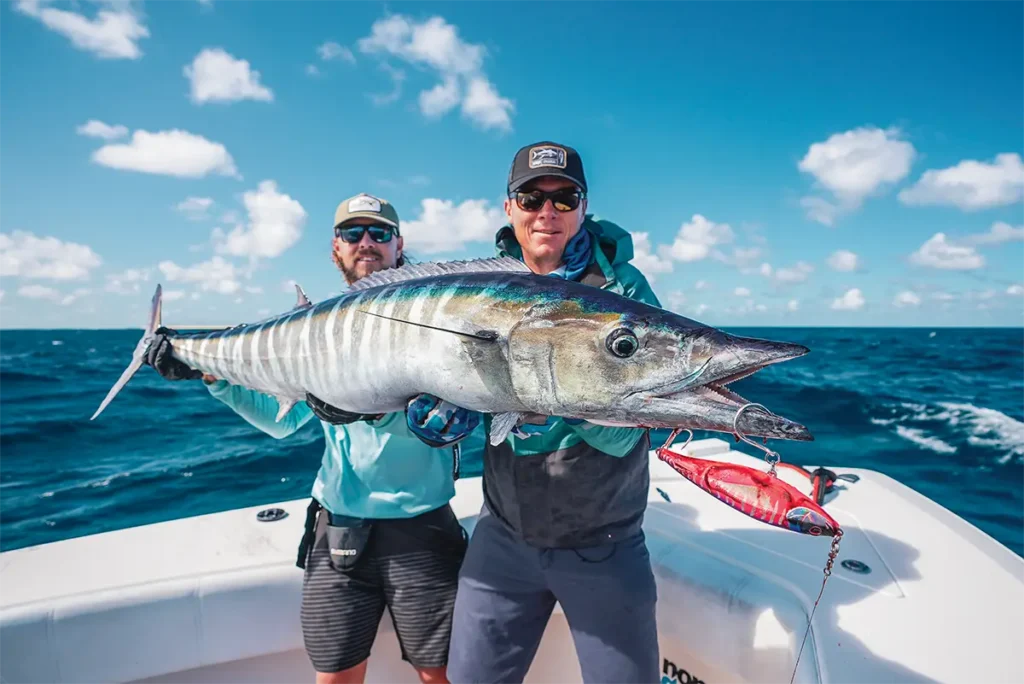
Because of the strain, Dorris only fishes with lures at these speeds, commenting, “It’s near impossible to keep a ballyhoo from peeling like a banana.” For the middle rod, he uses a Nomad Madmacs heavy fished 60 yards back with the lip almost 50 feet down. But how does the lure stay underwater at 12 knots? “Other than the Nomad DTXs, whose extended lips keep it in the water, the answer is lead, and lots of it,” writes Dorris, noting that 28-ounce trolling drail will work most days. In addition, cable rigged drails are a must as many times, wahoo will strike the trolling lead, and you don’t want to lose the rig. Also, a shock leader should be part of the rig because of all the weight, speed, and tension.
Wahoo is identified by various names depending on the region, e.g., Ono in Hawaii and Peto in Central America, but wherever you fish for these long, torpedo shape speedsters, having the right setup is paramount to get one on the hook. nomadtackle.com
-By Chip Cone


